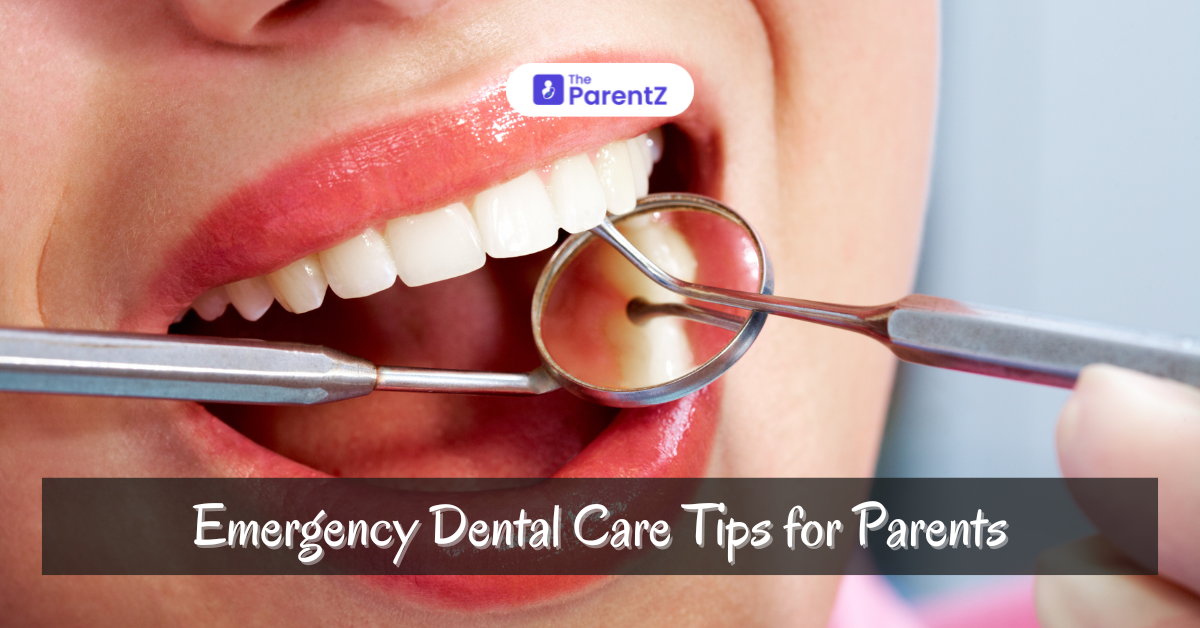Dental emergencies can be frightening and stressful for both children and their parents. Quick and appropriate action can significantly affect the outcome, potentially saving a tooth or preventing further complications. This article aims to provide parents with essential information on handling common dental emergencies in children, emphasizing the importance of timely care and professional guidance.
Common Dental Emergencies in Children
1. Knocked-Out Tooth (Avulsion)
– Primary Teeth: If a baby tooth is knocked out, it’s generally not re-implanted. However, parents should contact a dentist immediately to assess any potential damage to surrounding teeth and gums.
– Permanent Teeth: For a knocked-out permanent tooth, quick action is crucial. Find the tooth, handle it by the crown (not the root), and gently rinse it with water. If possible, reinsert the tooth into the socket and have the child bite down on a clean cloth to hold it in place. If reinsertion isn’t possible, place the tooth in a container of milk or saliva and seek immediate dental care.
2. Chipped or Fractured Tooth
– For chipped teeth, rinse the child’s mouth with warm water and apply a cold compress to reduce swelling. Collect any tooth fragments and bring them to the dentist. Depending on the severity, treatment may involve smoothing the edge, filling the tooth, or using a crown.
– Fractured teeth may require more extensive treatment. If the fracture exposes the tooth’s inner layers, immediate care is necessary to prevent infection and further damage.
3. Toothache
– A toothache can be caused by various factors, including cavities, infections, or trauma. Rinse the mouth with warm water and use dental floss to remove any trapped food. Over-the-counter pain relievers suitable for children can be given, but never apply aspirin directly to the gums. Contact a dentist as soon as possible to identify and address the underlying issue.
4. Loose or Displaced Tooth
– If a tooth becomes loose or displaced due to injury, gently try to reposition it to its normal alignment. Avoid forcing the tooth into place. Have the child bite down on a clean cloth or gauze to stabilize the tooth and visit a dentist immediately.
5. Oral Injuries
– Cuts or lacerations to the lips, tongue, or cheeks can result in significant bleeding. Rinse the area with water and apply gentle pressure with a clean cloth or gauze to stop the bleeding. Cold compresses can help reduce swelling. If bleeding persists or the wound is severe, seek emergency medical care.
Preventing Dental Emergencies
While accidents can happen, there are steps parents can take to minimize the risk of dental emergencies:
– Use Mouthguards: Encourage children to wear mouthguards during sports or activities with a risk of dental injury.
– Childproofing: Ensure home safety measures, such as securing furniture and using safety gates, to prevent falls and accidents.
– Regular Dental Check-ups: Regular visits to the dentist can help identify and address potential issues before they become emergencies.
– Educate on Safe Habits: Teach children not to chew on hard objects like ice, pencils, or hard candies that could chip teeth.
Conclusion
In an emergency, quick actions of the parent can make all the difference in saving your child’s smile. Being ready and prepared in terms of knowing what to do and how to do can ensure a child’s dental protection. In times of emergency, staying calmer and taking professional care are the most important steps.








Be the first one to comment on this story.